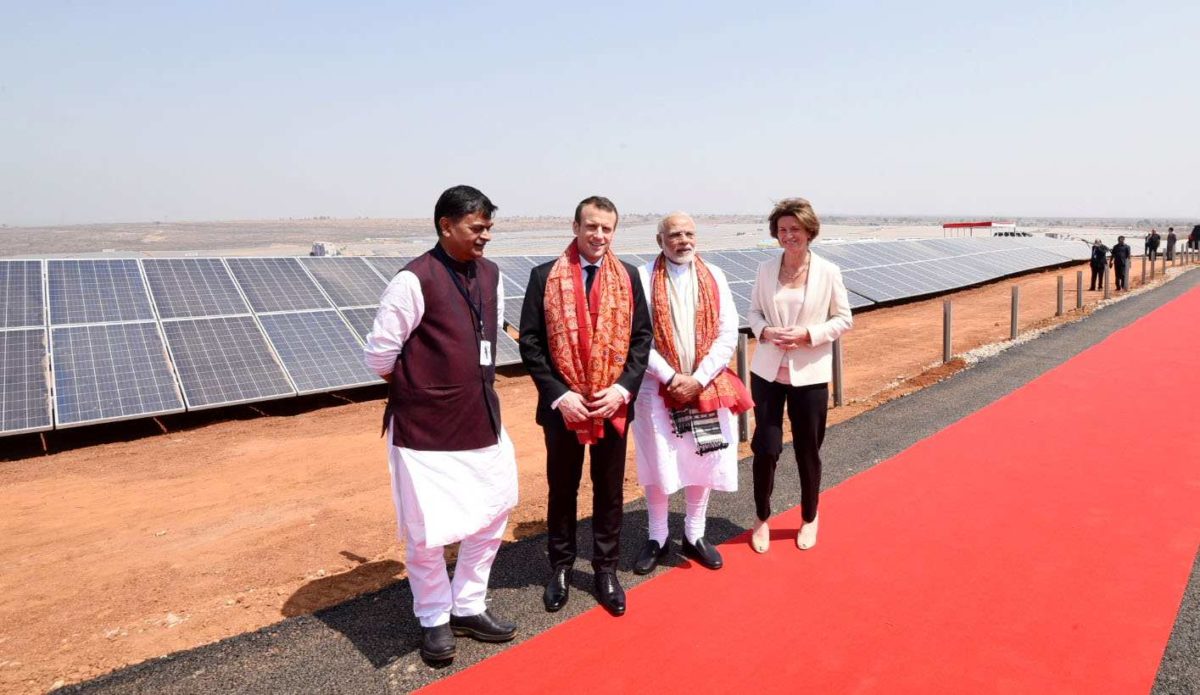From pv magazine France.
French energy group Engie has sold a 74% stake in 12 of its Indian solar projects to the Edelweiss Infrastructure Yield Plus Fund unit of investment house Edelweiss Group. The Mumbai-based investor will acquire a controlling stake in 813 MW of solar generation capacity as a result.
The transaction will enable the French fossil fuel company to reduce net debt by more than €400 million (Rs3,160 crore), the company announced, without revealing the exact price of the transaction.
Engie said the move followed its develop, build, share and operate strategy of selling on a proportion of its holding in assets it has developed while retaining operations and maintenance income. The process will enable the petrol and gas company to “multiply the impact of the potential for solar and wind development in many countries”, it said.
Free up capital
“This transaction allows us to accelerate the implementation of our strategic model in renewable energies and to free up capital in order to continue our investments in the very dynamic Indian solar market,” said Paulo Almirante, Engie deputy general manager and director of operations.
The deal is expected to be closed by July.
Engie has developed solar projects in Punjab, Rajasthan, Uttar Pradesh, Telangana, Andhra Pradesh and Gujarat. The group has developed renewable energy generation capacity of more than 1.5 GW in India.
This content is protected by copyright and may not be reused. If you want to cooperate with us and would like to reuse some of our content, please contact: editors@pv-magazine.com.








It is time to ponder what attracts developers to construct and make operational large capacity solar plants and sell them away at a time when it is profitable. I do not know whether this happens across the world but the practice is all the more rampant in India. During construction, difficulties in land acquisition, bureaucracy in approval, cumbersome procedure for fund mobilisation are projected as major bottle necks and discussed at length but what triggers sale once it attains commercial operation stands as an enigma. Can readers throw light on this issue?